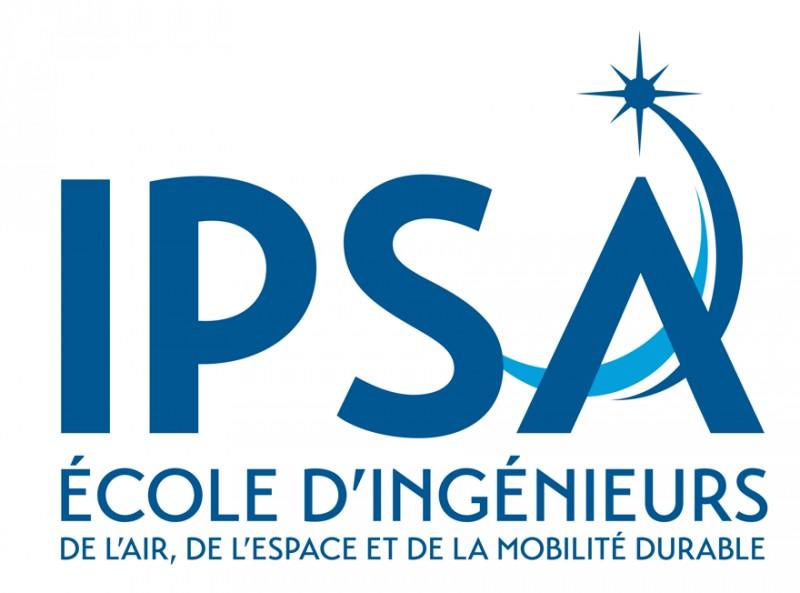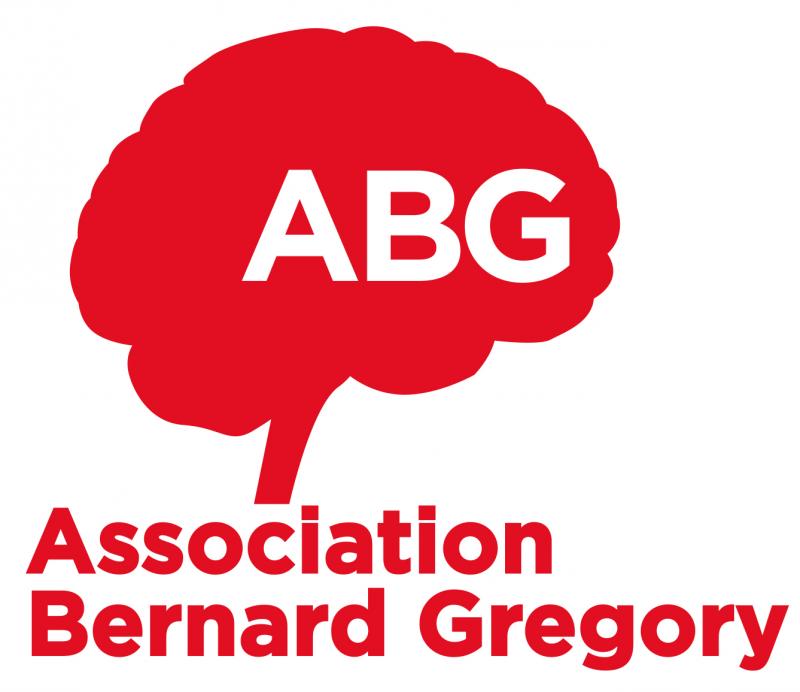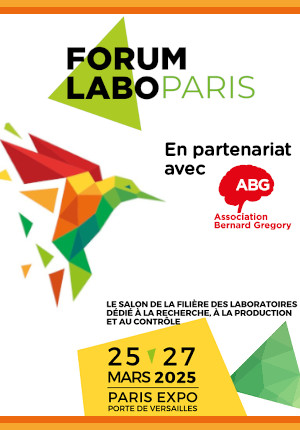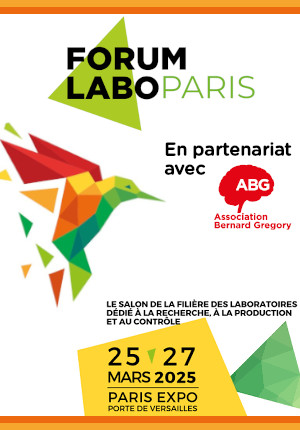Reliability and resilience of wireless communications in land transport systems / Fiabilité et résilience des communications sans-fil dans les systèmes de transport terre
| ABG-128346 | Sujet de Thèse | |
| 04/02/2025 | Contrat doctoral |

- Informatique
- Télécommunications
Description du sujet
1. Context and objectives
Wireless communications have gradually established themselves as a means of communication for management, control and cooperation in land transport systems. The European Rail Traffic Management System (ERTMS), which has made it possible to harmonize control applications (ETCS) and facilitate the movement of trains across European countries, adopted GSM-R as its communications technology back in the 2000s. Today, everyone is hailing the success of ERTMS, whose model is being exported around the world, but many studies are pointing out the ineptitude of continuing to deploy an obsolete GSM-R and propose an evolution towards more recent telecommunications technologies. This is bound to cost a lot of money if we stick to the idea of a dedicated infrastructure [1].
By contrast, in road vehicle networks, vehicle-to-everything (V2X) communication systems are based on the most recent communication technologies, and are developing on a model that rests, on the one hand, in vehicle-to-infrastructure (V2I) mode on consumer cellular communication infrastructures (LTE-V2X, 5G) or dedicated Wi-Fi infrastructures (802.11p or 802.11bd); and on the other hand on direct vehicle-to-vehicle (V2V) communications. Nevertheless, more needs to be done to harmonize road traffic management between European countries. Projects such as SCOOP and InDiD are France’s contributions to the European C-Roads platform, involving the French government, local authorities, freeway companies, automotive, digital and telecom companies, as well as academic researchers, in the definition of a digital road infrastructure. As the underlying telecom infrastructure is shared, it will evolve at the same time as that for the general public, and at a more reasonable cost.
To these first two observations, we can add two others. 1. The arrival of the autonomous private vehicle will evolve in the same urban and suburban space as autonomous public transport vehicles (bus, streetcar, train), for example the autonomous shuttle of the EcoTrain project, and will therefore require a common traffic management and control system on the scale of land transport. 2. The development of 5G is destined to offer a communications infrastructure with very significant capacities for all smart city applications (connected agriculture, environmental monitoring, infrastructure surveillance, etc.), including those linked to control, management and cooperation in land transport in urban areas. This opens up the opportunity to rethink the organization of a traffic management system for all land transport systems, with the prospect of using a shared telecommunication system based on recent technology (5G) that is easier to upgrade at low cost.
In this very broad context, the aim of this thesis is specifically to propose a design and evaluation approach adapted to this future global traffic management system in land transport, and to make contributions to national projects as well as to harmonization initiatives on a European scale. In terms of design, the first step is to redesigned the traffic management system as a set of applications for traffic management, individual vehicle control, inter-vehicle cooperation and on-board services for users [2]. Each vehicle, depending on its type (passenger car, bus, streetcar, autonomous shuttle, etc.), will have to choose whether to run all or some of these applications, all the time or only at certain times, depending on the context. Secondly, the telecommunication subsystem needs to be redesigned in terms of reliability and resilience, particularly for the most critical applications for each type of vehicle. The main design and evaluation objective of this thesis is to use formal methods and discrete-event modelling and simulation in order to apply the same guarantee and dependability requirements to vehicle-side and infrastructure-side embedded communication subsystems as are applied to control applications such as ETCS or autonomous vehicle drivers [3]. All contributions will aim to dispel doubts about the possibility of guaranteeing the reliability and resilience of the wireless communication link in a shared infrastructure environment, which is currently the main obstacle to operators opting for dedicated infrastructure.
2. Scientific bottleneck
The first scientific challenge consists in deconstructing the monolithic and highly contextual vision (specific to railways, specific to autonomous vehicles, etc.) of a traffic management and control system, in order to break it down into several applications characterized by their function, their level of criticality, their constraints and requirements in terms of communications, etc. The second scientific challenge consists in conceptualizing a wireless communication service, possibly developed from several physical wireless communication links (5G, 802.11p/bd, satellites, drones, etc.).
The second scientific challenge consists in conceptualizing a wireless communication service, possibly based on several physical wireless communication links (5G, 802.11p/bd, satellites, drones, etc.), which can be integrated into a dependability, quality of service and resilience approach, notably using formal methods and tools, and evaluated by simulation in a realistic functional context.
3. Innovative nature
This work is the first to address traffic management for all types of land transportation under a single unified system, in particular with regard to its component providing wireless communications between vehicle and infrastructure, adding vehicle-to-vehicle modes, which contribute to the resilience of communications particularly in the event of infrastructure failure [4], and vehicle-to-infrastructure extension (drones, satellites, 5G-IoT). It is also one of the few works that goes beyond the performance of the communication system to address its quality and resilience, focusing on the guarantees that can be provided at the design stage (using formal methods) and their verification in large-scale, complex scenarios via simulation [5].
4. Expected results and valorization
The work carried out as part of this PhD thesis will be published in a peer-reviewed international journal with an impact factor for the most significant contributions linked to the two scientific challenges. A third journal will complete the contributions, focusing in particular on the results of the evaluations and simulations to be carried out at the end of the PhD thesis. The dissertation itself will be a significant contribution open to all.
5. Future professional integration.
The development of the connected vehicle concept both in Europe and internationally, major investments in the subject by manufacturers, particularly in the rail and automotive sectors, and efforts by the French government to make land transport safer will require experts from the public and private sectors to support the development and deployment of technologies in this field. This thesis is an opportunity to acquire technical and scientific expertise in connection with applications currently being tested. Standard-setting activities (drafting and operating standards, in the form of accredited laboratories or otherwise) are also an example of scientific and professional outlets.
6. References
[1] Sondi P., Ramat E., Berbineau M., A Virtual Laboratory as an Assessment Tool for Wireless Technologies in Railway Systems, in Networking Simulation for Intelligent Transportation Systems: High Mobile Wireless Nodes, pp.79-105, Wiley & Sons, 2017.
[2] S. Debbech, S. Collart-Dutilleul, P. Bon, An Ontological Approach to Support Dysfunctional Analy-sis for Railway Systems Design. J. Univers. Comput. Sci. 26(5): 549-582 (2020).
[3] Sondi, P., Abbassi, I., Ramat, E., Chebbi E. and Graiet M. "Modeling and verifying clustering prop-erties in a vehicular ad hoc network protocol with Event-B". SN Scientific Reports 11, 2021.
[4] Wahl, M., Sondi, P. and Rivoirard, L. Enhanced CBL clustering performance versus GRP, OLSR and AODV in vehicular Ad Hoc networks. SN Telecommun Syst 76, 525–540, 2021.
[5] Chebbi E., Sondi P., Ramat E., Rivoirard L. and Wahl M. Simulation of a Clustering Scheme for Vehicular Ad Hoc Networks Using a DEVS-based Virtual Laboratory Environment, ANT-2018-the 9th International Conference on Ambient Systems, Networks and Technologies, Porto, Procedia Computer Science (Elsevier), Volume 130, Pages 344-351, 2018.
[6] Louchart, A., Tohidi, E., Ciblat, P. et al. Some power allocation algorithms for cognitive uplink satel-lite systems. J Wireless Com Network 2023, 32, 2023. Références bibliographiques : lire les références dans la version anglaise du sujet.
Prise de fonction :
Nature du financement
Précisions sur le financement
Présentation établissement et labo d'accueil
Université Gustave Eiffel was created in 2020 based on an innovative model that brought together into a trifold structure universities, schools and research bodies for the first time in France.
Université Gustave Eiffel is the fruit of a common history that began over 20 years ago between a university (Upem), a research institute (Ifsttar), three engineering schools (ESIEE Paris, ENSG, EIVP) and an architecture school (ENSA Paris-Est). By pooling many strengths in education and research, Université Gustave Eiffel forge better synergies to offer our different audiences a wider range of skills.
It leads the I-SITE FUTURE scientific ambition to prepare the transformation and sustainable adaptation of cities and territories.
The majority of its training and research components are located on the Marne-la-Vallée campus (Île-de-France). In addition to its Île-de-France campuses, Université Gustave Eiffel has four other research campuses in the rest of the country, located in major French cities: Lille, Nantes, Lyon and Aix-Marseille. All campuses are dedicated to thematic research areas and host doctoral students.
The proposed PhD will take place on the Lille campus, in Villeneuve d'Ascq. General research themes in Lille campus include Spatial planning; Waves and signals for transport (LEOST team of COSYS research unit); Performance and safety of automated transport systems (ESTAS team of COSYS research unit); Logistics innovations; Railway. The proposed subject concerns research common to the “Communications and sensors” and “System approach of safety” research themes, respectively carried out in Lille campus within the LEOST and ESTAS entities of the COSYS (“Components and Systems”) research department.
The doctoral student will be hosted at LEOST and the PhD thesis will be carried out under the effective and direct supervision of Dr. HDR S. Collard-Dutilleul (ESTAS, research advisor), Dr. HDR P. Sondi (IMT Nord Europe) and Dr. M. Wahl (LEOST, referent researcher), according to the skills required for each phase of the PhD work.
Intitulé du doctorat
Pays d'obtention du doctorat
Etablissement délivrant le doctorat
Ecole doctorale
Profil du candidat
-Preferably with a Master's degree in Computer Science, Networks and Telecommunications or Industrial Automation, or in the process of obtaining one by 2024-2025.
-Strongly committed to in his/her thesis work and skills development, must be able to listen, reformulate, abstraction and be autonomous. The knowledge of a network simulator or formal methods is a plus.
-Enjoys programming, good software developer, will develop skills in network protocol engineering protocol engineering for networks, formal methods and evaluation of complex systems.
-Will publish in English in international conferences and journals specializing in communications protocols communication protocols (e.g. Elsevier Ad Hoc networks, Springer Telecommunication Systems, IEEE Transaction on ITS, Journal of universal computer science, International Journal of Computers Communications & Control...)
-The doctoral student must work in compliance with the charter of Ethics, deontology and research integrity:
"Discovering, inventing, innovating, providing answers to major or seemingly trivial questions, any new contribution to the existing body of knowledge requires the reported facts to be accurate. Research activity must be conducted by honest researchers who are respectful of their colleagues, follow a rigorous methodology, cite their sources and the previous results on which they base their research, aim as far as possible and in accordance with the law for open access publications, data and source codes that are safeguarded and, as far as possible, openly available and re-usable.
These measures ensure the transparency and reproducibility of the research. The university follows these principles and values, which it considers fundamental."
Vous avez déjà un compte ?
Nouvel utilisateur ?
Vous souhaitez recevoir nos infolettres ?
Découvrez nos adhérents
 CASDEN
CASDEN  Généthon
Généthon  ONERA - The French Aerospace Lab
ONERA - The French Aerospace Lab  SUEZ
SUEZ  Groupe AFNOR - Association française de normalisation
Groupe AFNOR - Association française de normalisation  PhDOOC
PhDOOC  Ifremer
Ifremer  ASNR - Autorité de sûreté nucléaire et de radioprotection - Siège
ASNR - Autorité de sûreté nucléaire et de radioprotection - Siège  MabDesign
MabDesign  TotalEnergies
TotalEnergies  Laboratoire National de Métrologie et d'Essais - LNE
Laboratoire National de Métrologie et d'Essais - LNE  Aérocentre, Pôle d'excellence régional
Aérocentre, Pôle d'excellence régional  Nokia Bell Labs France
Nokia Bell Labs France  MabDesign
MabDesign  CESI
CESI  Institut Sup'biotech de Paris
Institut Sup'biotech de Paris  ANRT
ANRT  ADEME
ADEME  Tecknowmetrix
Tecknowmetrix
-
EmploiCDIRef. ABG128969Institut Polytechnique des Sciences Avancées - IPSAToulouse - Occitanie - France

Enseignant-chercheur en Mécanique des fluides numérique
IndifférentNiveau d'expérience indifférent -
EmploiCDIRef. ABG129192Association Bernard Gregory (ABG)Paris (3ème) - Ile-de-France - France

Business Developer (F/H)
IndifférentNiveau d'expérience indifférent







